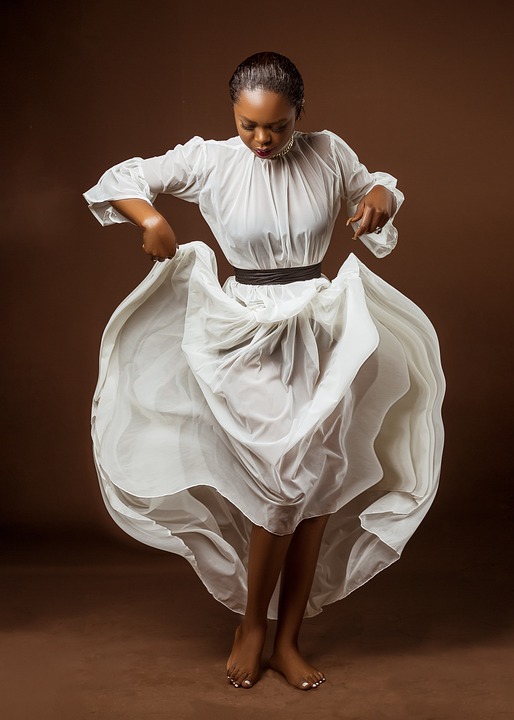From Couture to Street Style: Exploring the Many Facets of Fashion
Fashion is a constantly evolving art form that reflects the cultural zeitgeist of a society. From haute couture runways to street style trends, fashion encompasses a wide range of styles, influences, and expressions. In this article, we will explore the diverse facets of fashion, from the world of high fashion to the ever-evolving street style scene.
Haute Couture: The Apex of Fashion
Haute couture, meaning “high sewing” or “high dressmaking” in French, refers to the creation of custom-made clothing that is tailored specifically for an individual. The world of haute couture is exclusive, luxurious, and reserved for the elite few who can afford the exorbitant prices of these one-of-a-kind garments.
Designers such as Chanel, Dior, and Valentino are renowned for their haute couture collections, which showcase exquisite craftsmanship, intricate detailing, and luxurious materials. Each couture garment is painstakingly made by hand, often taking hundreds of hours to create. The result is a piece of wearable art that is coveted by fashion connoisseurs and collectors alike.
The Haute Couture Process
The process of creating a haute couture garment is a labor-intensive and intricate affair. It begins with the designer sketching a design concept, which is then translated into a muslin toile, a prototype garment made from inexpensive fabric. The designer then fits the toile on a model to perfect the silhouette and proportions of the garment.
Once the designer is satisfied with the toile, the final garment is made from the finest materials, such as silk, lace, and embellishments. Skilled artisans, known as “petites mains” in French, meticulously hand-sew the garment, creating a piece of wearable art that is unmatched in its beauty and craftsmanship.
Prêt-à-Porter: Fashion for the Masses
While haute couture represents the pinnacle of fashion luxury, prêt-à-porter, or ready-to-wear, is the more accessible counterpart that caters to the general public. Prêt-à-porter collections are designed for mass production and are typically more affordable than haute couture pieces.
Designers like Marc Jacobs, Alexander Wang, and Stella McCartney are renowned for their prêt-à-porter collections, which feature ready-to-wear clothing that is stylish, on-trend, and accessible to a wider audience. Prêt-à-porter fashion shows are a staple of Fashion Week events around the world, showcasing the latest trends and designs for the season ahead.
The Rise of Fast Fashion
In recent years, fast fashion has become a dominant force in the fashion industry, with brands like Zara, H&M, and Forever 21 leading the charge. Fast fashion refers to the rapid production of affordable and trendy clothing that is quickly produced and sold to consumers.
While fast fashion offers consumers the latest trends at affordable prices, it has come under scrutiny for its impact on the environment and labor practices. The fast fashion industry is known for its high turnover rates, excessive waste, and reliance on low-cost labor in developing countries.
Street Style: Fashion From the Ground Up
Street style is a dynamic and ever-evolving form of fashion that is influenced by a myriad of sources, including music, art, culture, and social media. Street style is not defined by the runway or high fashion designers, but rather by the individualistic and eclectic styles of everyday people.
In cities around the world, street style has become a cultural phenomenon, with influencers, bloggers, and fashionistas showcasing their unique sense of style on social media and fashion blogs. Street style is a form of self-expression that transcends traditional fashion boundaries, allowing individuals to experiment, mix and match, and create their own sartorial identity.
Style Icons and Trendsetters
Street style icons and trendsetters play a crucial role in shaping the direction of fashion trends and influencing the way people dress. Influencers like Gigi Hadid, Rihanna, and Kanye West are known for their bold and innovative fashion choices, which have a ripple effect on the wider fashion industry.
Fashion bloggers and social media influencers have also emerged as powerful voices in the fashion world, providing a platform for underrepresented voices and pushing the boundaries of traditional fashion norms. Street style has democratized fashion, allowing individuals from all walks of life to express themselves creatively and authentically through their clothing choices.
The Intersection of Couture and Street Style
While haute couture and street style may seem worlds apart, they are actually interconnected in many ways. Haute couture designers often draw inspiration from street style trends, incorporating elements of urban fashion into their high-end collections.
Conversely, street style influencers and trendsetters often look to haute couture for inspiration, deconstructing and reinterpreting high fashion silhouettes and concepts in their everyday looks. The blending of couture and street style has blurred the lines between luxury and accessibility, creating a dynamic and diverse fashion landscape that appeals to a wide range of tastes and preferences.
In conclusion, fashion is a multifaceted and ever-evolving art form that encompasses a wide range of styles, influences, and expressions. From the exclusive world of haute couture to the democratic realm of street style, fashion continues to shape and reflect the cultural zeitgeist of our society. Whether you prefer the opulence of couture or the individuality of street style, fashion offers something for everyone to express themselves creatively and authentically through their clothing choices.
